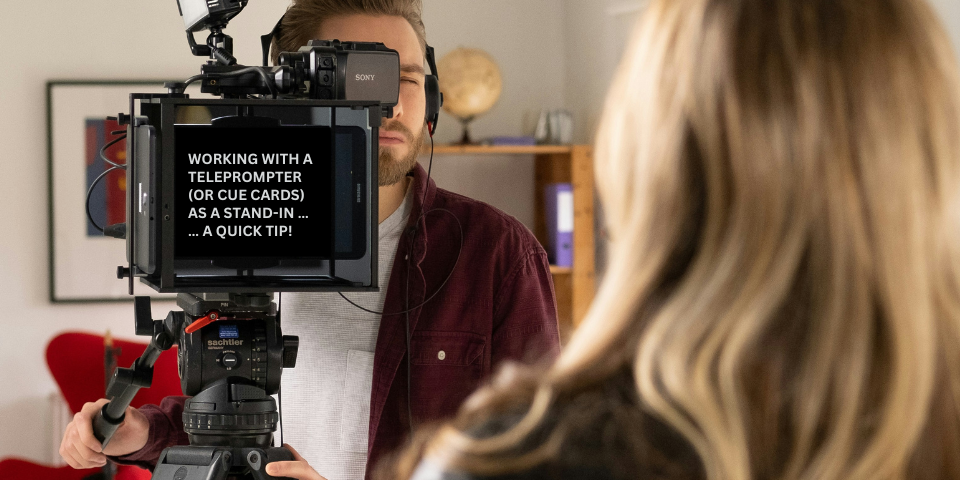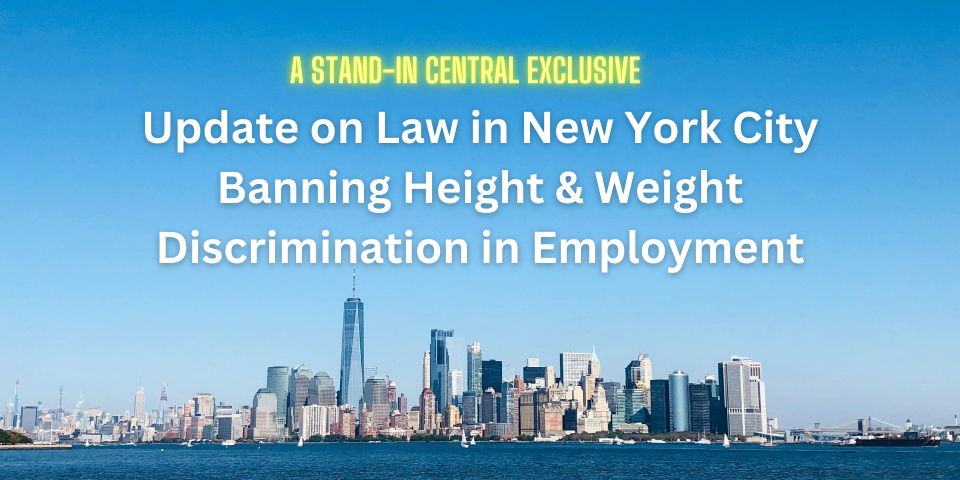On medical shows and films, as well as on other productions that depict emergencies, principal actors may perform CPR on other actors in scenes. Of course, the operative word here is “perform,” as the CPR is merely a performance and not actual cardiopulmonary resuscitation.
The performance of actual CPR on an actor during a scene could cause serious injury, so it is important for the stand-in not to perform actual CPR while standing in.
Here are some safety tips when standing in during CPR scenes.
What Is CPR?
CPR (cardiopulmonary resuscitation) is a method for manually inducing breathing and blood flow in an unconscious person. CPR consists of artificial respiration and chest compressions performed by an able-bodied person on a person who exhibits no breathing or consciousness.
During CPR, the able-bodied person will breathe into the unconscious person’s mouth, then rhythmically compress the unconscious person’s ribcage with interlocked hands placed over the middle of the unconscious person’s sternum. The advised rhythm of compressions is around 100 compressions per minute — which is akin to the beats per minute of the aptly titled song “Stayin’ Alive.”
Risks When Standing in during CPR Scenes
In actual CPR, an able-bodied person is pushing air into the mouth of the unconscious person, as well as pushing down violently onto the unconscious person’s chest.
There is real risk of injuring a person standing in for an unconscious character if another stand-in actually breathes into the other stand-in’s mouth or does actual chest compressions. If actually performed, the stand-in receiving actual CPR may choke and/or suffer broken ribs — or worse.
Therefore, it is well advised when standing in during a CPR scene never to actually perform CPR. Instead, stand-ins for able-bodied characters should only pantomime CPR actions without touching the stand-ins for the unconscious characters.
Tips When Standing in during CPR Scenes
Giving Chest Compressions
If you are standing in for the able-bodied character in a CPR scene, it is advised that you communicate directly and clearly to the other stand-in on whom your character is doing CPR. Communicate exactly what you will and will not do when you standing in. For example, if you character does chest compressions in the scene, say something like the following to the other stand-in:
I want to let you know that I will not be doing any chest compressions on you. If they ask me to, I will simply pantomime the action without actually pressing on your ribcage.
Communicating this to the other stand-in assures that stand-in’s safety and your knowledge of the seriousness of actual CPR.
When you are asked to put your arms in position for a chest compression, interlock your hands and straighten your arms. Then, place your hands above the middle of the other stand-in’s ribcage, letting your hands hover over top of the ribcage. Do not put any weight on the ribcage of the other stand-in.
Leave enough space between the stand-in’s chest and your interlocked hands in order to fake the movement of chest compressions should you be asked to do them. Do not actually press down on the other stand-in’s ribcage.
Ben’s Tips!
When faking chest compressions, they are done with straight arms rather than bent arms. You should only bend your arms if your actor for some reason uses bent arms during the marking rehearsal — but keep in mind bent-arm chest compressions are probably improper technique and would hopefully be corrected by the time of shooting.
When enacting the chest compressions, fake the movement either as close to the pace of the actor during marking rehearsal or to the beat of the song “Stayin’ Alive.”
Giving Artificial Respiration
If your character does artificial respiration in the scene, when you are standing in you should not put your lips against the lips of the other stand-in. Instead, putting your head or mouth close to the other stand-in should suffice.
You probably only need to do this when asked — that is, you probably do not need to assume this position when second team is called. Be on the ready to put your head close when asked, but for time being simply stand on your character’s mark.
As with chest compressions, communicating to the other stand-in about artificial respiration may be important to the other stand-in. You might say to the other stand-in:
I want to let you know I won’t be doing artificial respiration. Instead, I’ll simply put my head near yours when asked.
Lying In and Receiving CPR
When you are standing in for unconscious characters — you might say that you are “lying in” — you want to make sure you are protected from any actual CPR another stand-in might perform on you.
When you are working with a stand-in who seems new at the job, simply communicate to the able-bodied stand-in what to do and what not to do to you. You might say:
When it comes to chest compressions, simply hold your hands above my chest. Please don’t put any weight on my ribcage. When it comes to respiration, simply put your head near mine rather than touch my lips.
While such communication may be overly cautious, it is meant as a safety precaution against a stand-in doing any harm to you while working.
If You Are Injured during a CPR Scene Setup
If for some reason you end up injured during the setup for a CPR scene — or if you injure the other stand-in — immediately notify production.
Conclusion
All in all, when standing in during CPR scenes, you do not need to rehearse them with as much fervor as the actors likely did in marking rehearsal. If you are asked to, keep in mind the above advice so that you can safely perform the tasks without actually doing CPR. No stand-in needs to show up to work to get hurt.
Have any other tips on standing in in CPR scenes? Have any interesting stories? If so, share below!






Leave A Comment